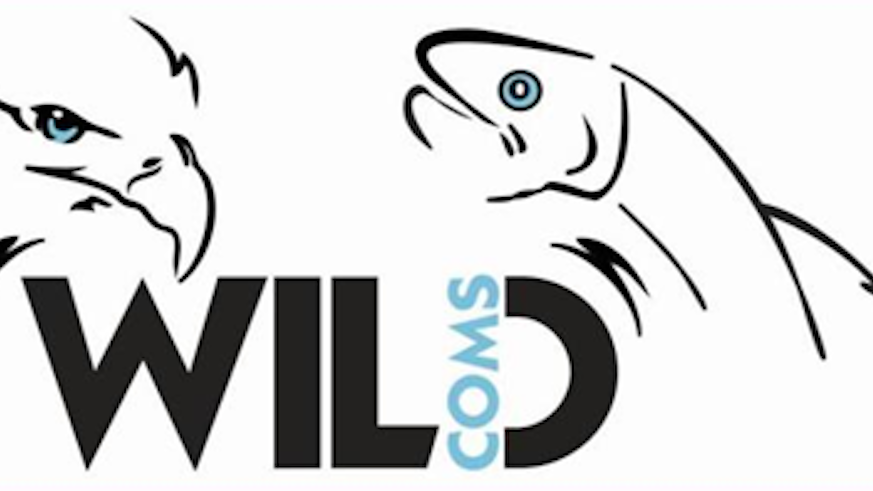Gathering of experts spark new directions for wildlife disease and contaminants monitoring
28 January 2016

Cardiff University Otter Project recently hosted a WILDCOMS network event inviting policymakers and those who actively inform policymakers on wildlife disease and contaminants. WILDCOMS is a collaborative network formed between UK surveillance schemes that monitor disease and contaminants in vertebrate wildlife. Representatives attended from Welsh Government, Environment Agency, Natural Resources Wales, Natural England, CHEMTrust, York University, Centre for Ecology and Hydrology (CEH), Cardiff University, Wildfowl and Wetlands Trust, Animal and Plant Health Agency, Disease Risk Analysis and Health Surveillance (ZSL), Public Health England, University of Exeter and Garden Wildlife Health (ZSL).
Prof Richard Shore from CEH Lancaster opened the day with a short history of the WILDCOMS network. This was followed by a brief introduction to some of the WILDCOMS partner schemes. As a fun get to know each other, attendees were asked to bring one image that best represented their work to kick start discussions. The main part of the day was discussions on current and future threats from chemicals and disease. These were threats to the vertebrate wildlife and how their monitoring can inform threats to humans.
Chemicals threats workshop
The contaminants group talked about threats being identified on the REACH lists and through the Water Framework Directive (WFD) priority list, but there being nothing like WFD for the terrestrial environment. Concerns were also raised about biocide monitoring in wildlife falling through a gap, as while the plant protection products levy is used to fund the Wildlife Incident Investigation Scheme (WIIS), there is no similar levy for biocides and so they are not monitored. There was also a question about how well covered veterinary medicines were? The main outcome of the discussions was a list of priority chemical threats were, chemical groups that would benefit from further environmental research and monitoring.
Disease threats workshop
In a neighbouring room, the disease group talked about how disease threats are identified. Questions were raised about the interface between government and non-government. Where does intelligence come from? Who has ‘ownership’ of wildlife health? Well established for animals infections that are also infectious to humans but not clear for diseases only impacting wildlife health. Discussion followed about whether WILDCOMS schemes should or could be early warning systems. The group then went on to think about what the priority threats were, again producing a long list of possibilities.
Making our research policy relevant
Following informal discussion and networking over lunch, everyone regrouped to discuss how to maximise WILDCOMS schemes’ input into policy needs. Or in other words what did the schemes need to do (if anything) to make sure their work was relevant and informative to those who develop policy and regulations. A bit of a catch 22 situation was identified, whereby Science and Policy both look to each other for priorities – Science looking to Government organisations for priorities to focus investigation on, and Government organisations looking for background evidence from science in order to develop priorities. Policy makers also like evidence reviews/synthesis, but many WILDCOMS schemes are about early detection so may not be able to provide enough evidence to put into a review. There was further discussion about the vulnerability of top predators and whether the priority should be to focus on contaminants that bioaccumulate, the WFD list may not sufficiently cover this. Also that finding chemicals in wildlife is not enough, evidence of impacts is needed too. A general feeling was that there was a need to better facilitate interactions between government and non-government. This event was a great kick start to understanding each other’s needs.
Participants and organisers were pleased with the event, with many reporting how useful it was and hopes for similar to be repeated in the future.

